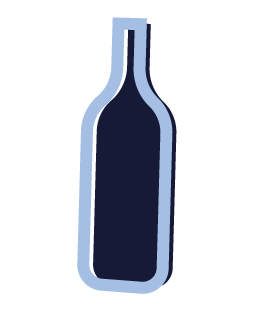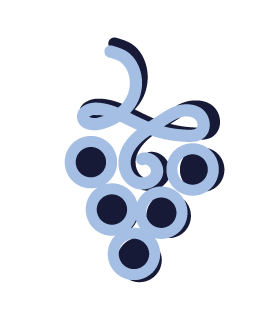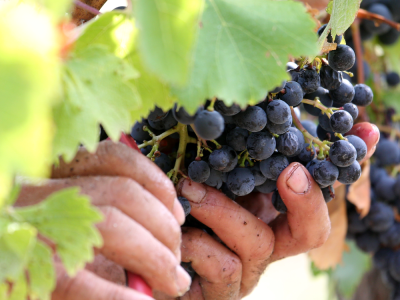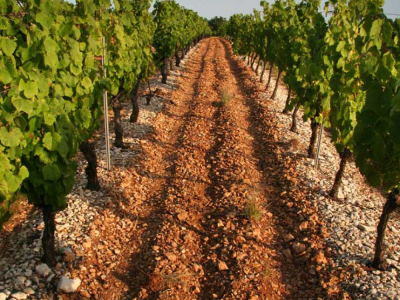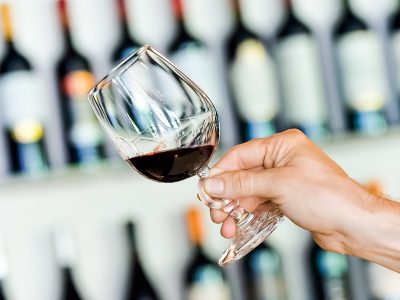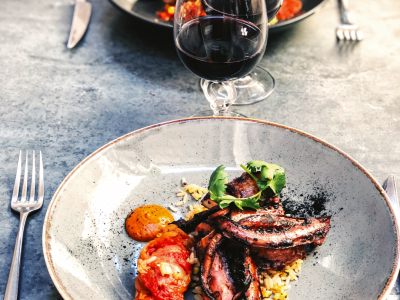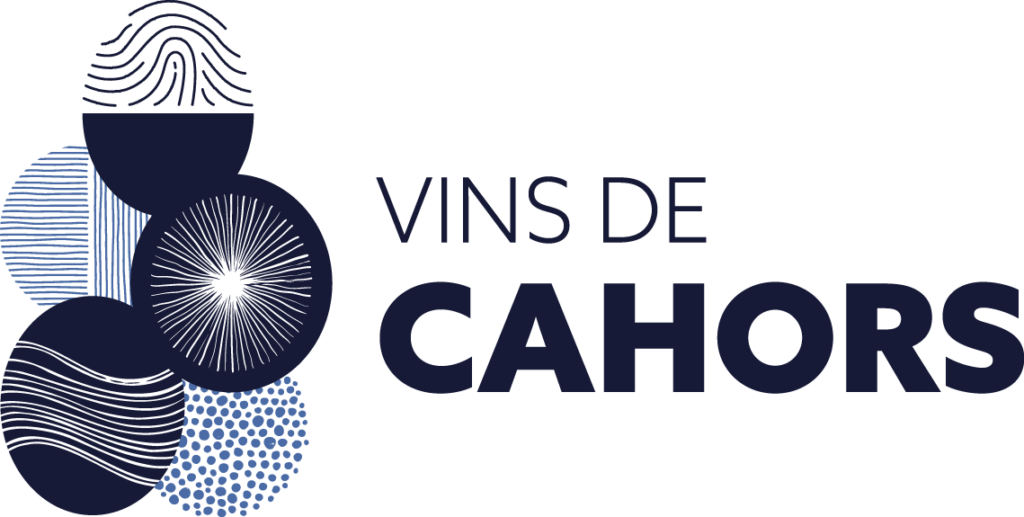Cahors
THE CRADLE OF MALBEC
In the 16th century, Cahors Jurist and University Professor François Roaldès published “Le discours sur la vigne”, one of the rare winegrowing works of the time, which refers to the presence of Auxerrois vines in the Cahors vineyard for at least 600 years. In more recent times, genetics has shown that the Auxerrois of yesteryear is in fact the Malbec variety of today.
The term Malbec was first used in the 18th century. It was named after the owner of a wine estate in the Médoc, Mr Malbeck, who disseminated the grape variety and gave it his name.


THE CHURCH, POWER AND WINE
SAINT DIDIER, BISHOP OF CAHORS (580-655)
Saint-Didier, the Bishop of Cahors, was born around 580. He came from a high-ranking and powerful family. We know of his life thanks to sources which are quite exceptional for the time, consisting of correspondence (about thirty letters), part of his will, and an account of his life written by a monk from Saint-Géry in the century following his death in 655. Wine plays an important role in several episodes, each of which bears witness in its own way to the existence of a large commercial vineyard in Quercy, around the episcopal city of Cahors.
Didier de Cahors, like many Merovingian bishops, played a major role in the development of the vineyard for liturgical (mass wine), social (duty of hospitality: wines for receptions, honours) and economic reasons (wines sold on the local market or further afield).


CAHORS WINES LOVED BY THE KING OF FRANCE
16TH CENTURY
Francis I was born in Cognac. He ascended the throne of France in 1515, after his cousin Louis XII. Thanks to the royal administration, we know that Francis I enjoyed the wine(s) of Cahors. Sommeliers were sent to Cahors to buy wine. In addition to his established love of the wines, Francis I changed the destiny of the iconic grape variety of Cahors twice.
First, in June 1531, he brought vine shoots from the Cahors vineyard to plant them near his Château in Fontainebleau. The King wanted to create a vineyard of all vineyards, able to produce his own wine while honouring and centralising the variety of wines crafted in his kingdom and abroad.
This showcase, like in a shop display, soon led to dissemination of the grape varieties. One of these grape varieties, in particular, was widely distributed. This was the samoreau or samoireau, which is none other than the caux, cor, or cot de Touraine or the auxerrois quercynois, the future Malbec.
The subsequent decision of Francis I to make French the official language of the Kingdom (edicts of Villers-Cotterêts, 1539) led to the invention of the word “auxerrois” to refer to the grape variety. It can therefore be said that it was Francis I who first gave the grape variety its visibility in written documents.
PHYLLOXERA
VICTORY OVER PHYLLOXERA
Initially considered as a disease that was not too serious or that would only affect a few, phylloxera struck and destroyed almost all French vineyards.
In France, phylloxera was first detected in the Gard region in 1863. It arrived in Europe following the introduction of American vine shoots imported for study. While the vine diseases known until then only temporarily reduced the harvest, vines affected by phylloxera died within three years.The disease first appeared in the Cahors vineyards in 1876, probably pushed by westerly winds from the Bordeaux region where it appeared in 1869. It had unprecedented impact. The region was particularly hard-hit given that it had almost entirely converted to winegrowing over the previous three decades.
As there was no cure, vines had to be replaced. As the disease progressed, every remedy attempted failed. So there was no choice but to uproot and replant. Yet another failure. In fact, identical replanting gave rise to rapid death of the young vine shoots. The only thing winegrowers could do was to abandon the existing vines.
Grafting turned out to be the miracle solution. On a phylloxera-proof American vine plant, a vitis vinifera variety was grafted. The bunches on the graft produced a wine with quality comparable to that of European “ungrafted” vines. Cahors is one of the regions who succeeded in preserving – one might say “only just” – the continuity that led to the revival of Malbec.

RECOGNITION OF QUALITY
1951: ACCESS TO THE LABEL AND STATUS OF SUPERIOR QUALITY WINE (VDQS)
Led by the Union then headed by Abel Baudel and by the cooperative cellar, a recent arrival on the scene, Cahors wine received its first quality label, the VDQS label, in 1951. Access to the VDQS label was the key to success, or more prosaically a prerequisite for survival of traditional winemaking certainly very aware of its past achievements, but also very fragile.
The idea of the creators of the VDQS label was that VDQS-labelled wines should soon become AOC wines, so the achievement was merely considered as a step towards the real goal. To emphasise the somewhat “intermediate” status of VDQS wines, in the waiting room, as it were, before AOC status, historian Gilbert Garrier coined this expressive phrase: “Probationary purgatory precedes paradise”.

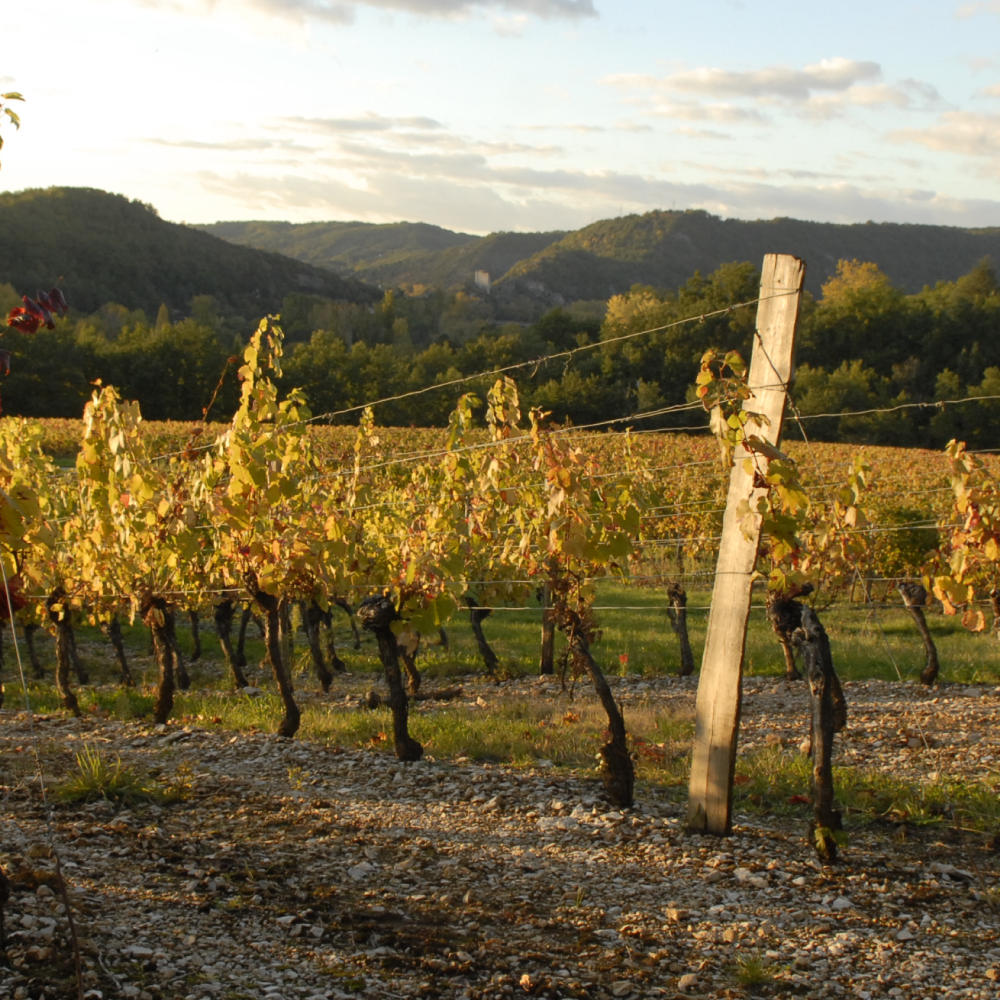
In Cahors, the phase lasted two decades, which allowed progressive learning of a collective approach to quality. Two modifications substantially changed production conditions during this time: one in 1958 amended the maximum yield to 45 hl/ha, the other in 1966 changed the grape varieties (withdrawal of white grape varieties, dame noire, valdiguié and Lot gamay, introduction of merlot, abouriou, tannat and syrah in the 30% of the blend alongside auxerrois).
1971: APPELLATION D’ORIGINE CONTRÔLÉE (AOC) STATUS GRANTED
The new president of the Union, Roger Baudel, took office after his father Abel Baudel following his election in 1967. His sole objective was to ensure the collective progress of Cahors wines. The aim was clear: to rise from the status of VDQS to the more prestigious status of AOC. The board of directors and the general assembly supported the president. On 17 January 1970, the application was officially submitted to the regional committee of the INAO (national institute of appellations) for south-western France.
The investigating committee began its work in Cahors, alternating field visits and meetings. In September 1970, it gave a very favourable opinion, insisting on the specific identity of Malbec: “Malbec (or Auxerrois or Cot), in itself, is what gives Cahors wine its originality. The Cahors vineyard is the only vineyard in the world using Malbec as its main grape variety. Everywhere else in the world, the variety is used only as a complementary variety. Here, it has found its ideal terroir”.
The classification decree was published on the 15th of April 1971, allowing Cahors to join the elite of French wine.
On 15 April 1971, the classification decree was published. Cahors joined the elite of French wine.





